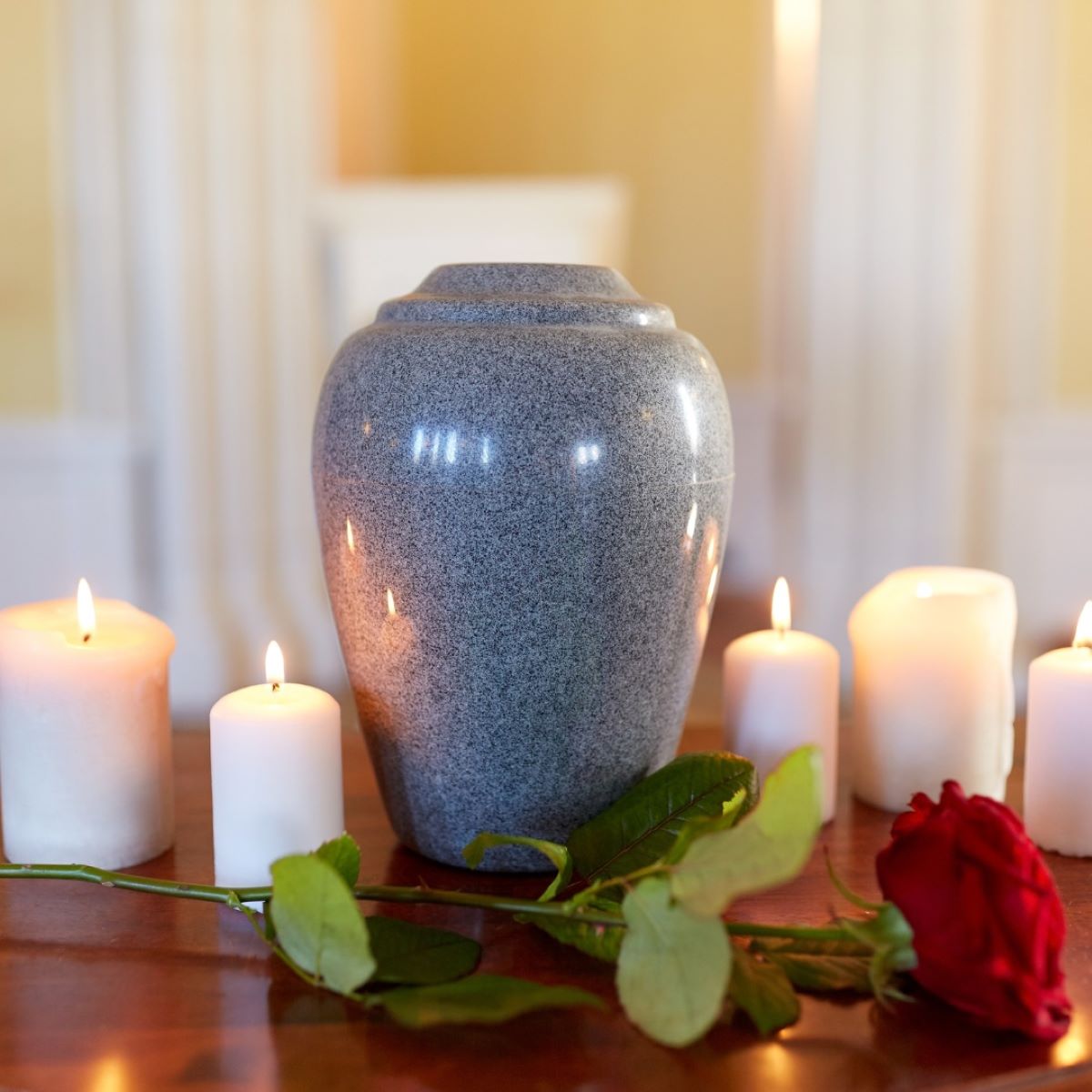

Articles
How To Store Ashes Of A Loved One
Modified: February 18, 2024
Discover the best way to store the ashes of a loved one with our informative articles. Find guidance and tips on preserving their memory and ensuring a meaningful tribute.
(Many of the links in this article redirect to a specific reviewed product. Your purchase of these products through affiliate links helps to generate commission for Storables.com, at no extra cost. Learn more)
Introduction
When we lose a loved one, we often find solace in keeping their memory alive. One meaningful way to honor their life is by storing their ashes in a special container. Whether you plan to keep the ashes at home, scatter them in a meaningful location, or create a memorial, it’s important to understand the different options available and the considerations to keep in mind.
In this article, we will explore the various aspects of storing the ashes of a loved one, including choosing a container, indoor and outdoor storage options, scattering the ashes, memorializing the ashes, legal considerations, and emotional factors to bear in mind throughout the process. By the end of this guide, you’ll have a comprehensive understanding of how to properly store the ashes in a way that is meaningful and respectful.
Key Takeaways:
- Choosing a container that reflects the personality and wishes of the departed is essential. Whether it’s a traditional urn, keepsake box, or customized option, the container should pay tribute to their unique life.
- When handling the ashes, it’s important to consider the emotional impact, respect individual wishes, and seek support. Navigating this journey with empathy and self-care is crucial for healing.
Read more: How To Remove Ash From A Carpet
Choosing a Container
When selecting a container for storing the ashes of a loved one, there are several factors to consider. Your choice of container should reflect your preferences, as well as the wishes and personality of the deceased. Here are some options to consider:
- Urn: Urns are the most common and traditional choice for storing ashes. They are available in various materials such as ceramic, metal, glass, and wood. Consider the size, design, and durability of the urn when making your selection.
- Biodegradable Container: If you plan to scatter the ashes in a natural setting, a biodegradable container is a suitable choice. These containers are made from materials like recycled paper or cardboard, and they break down over time, ensuring minimal impact on the environment.
- Jewelry: Some people choose to keep a small portion of the ashes in a piece of memorial jewelry. This can include pendants, rings, or bracelets that contain a compartment for storing a small amount of ashes. Jewelry allows for a personal and discreet way to keep the ashes close to you.
- Keepsake Box: If you wish to display the ashes in your home, a keepsake box can be a meaningful choice. These boxes are often designed to hold a small amount of ashes and can be customized with engravings or photographs. Keepsake boxes provide a tangible way to keep the memory of your loved one close to you.
- Customized Options: There are also unique options available for those who want a personalized container. These can include sculptures, artwork, or even custom-made containers designed to reflect the interests or personality of the departed.
When choosing a container, take your time and consider what will be most meaningful to you and your family. It’s essential to select a container that not only preserves the ashes but also pays tribute to the unique life of your loved one.
Preparation
Before storing the ashes of a loved one, there are a few steps you should take to ensure the process goes smoothly:
- Obtain the Ashes: If you haven’t already, make arrangements with the funeral home or crematorium to receive the ashes. They will provide you with a cremation certificate and a container holding the ashes.
- Handle with Care: Ashes are delicate and should be handled with care. Use gloves or a soft cloth when handling the container to prevent any accidental spills or damage.
- Secure the Container: Ensure that the container is securely sealed to prevent any accidental spillage. Some containers may have a screw-on lid, while others may require adhesive or tape to secure them properly.
- Label the Container: It’s important to label the container with the name of the deceased, as well as the date of their passing. This will ensure clarity and help avoid any confusion in the future.
- Inform Family and Friends: If you plan to store the ashes in your home or elsewhere, it’s important to inform your family members and close friends of your decision. This allows for open communication and ensures everyone understands your intentions.
By taking these precautions, you can ensure that the process of preparing and handling the ashes is done with respect and care. Remember to approach this step with sensitivity and involve other family members as necessary to honor the wishes of your departed loved one.
Indoor Storage Options
When storing the ashes of a loved one indoors, there are several options to consider. The choice will depend on personal preferences, cultural traditions, and the available space in your home. Here are a few indoor storage options:
- Mantelpiece or Shelf: Placing the ashes on a mantelpiece or shelf allows for a prominent display in your home. You can choose a decorative urn or a keepsake box that complements your home’s interior. This option provides a visible reminder of your loved one and can be adorned with photographs or other sentimental items.
- Bookshelf or Display Cabinet: If you prefer a more discreet storage option, a bookshelf or display cabinet can provide an elegant solution. You can arrange the ashes alongside cherished books, mementos, or other meaningful objects. This allows for a private remembrance space while blending seamlessly with your home decor.
- Home Altar or Shrine: For those who practice religious or spiritual beliefs, creating a home altar or shrine can be a deeply meaningful way to honor the departed. You can include candles, photographs, and other items that hold spiritual significance. Placing the container of ashes on the altar or shrine allows for prayers, reflections, and rituals to be conducted regularly.
- Private Room or Memorial Space: If you have a dedicated room or area in your home, you can transform it into a serene memorial space. This can be a place for quiet contemplation, reflection, or meditation. Consider adding comfortable seating, soothing decorations, and soft lighting to create a peaceful environment.
When choosing an indoor storage option, it’s important to consider the preferences and beliefs of your family members. Communication and understanding can help ensure that the chosen placement brings comfort and solace to everyone involved.
Outdoor Storage Options
Choosing to store the ashes of your loved one outdoors can provide a connection to nature and create a serene memorial space. There are various outdoor storage options to consider, depending on your preferences and local regulations:
- Garden Memorial: Many people find comfort in creating a beautiful garden dedicated to their loved one. You can choose a special spot in your yard or create a designated memorial garden. Consider planting flowers, shrubs, or trees that hold significance or were favorites of the departed. You can place a marker or a decorative urn in the garden as a focal point.
- Columbarium: A columbarium is a structure specifically designed for storing cremation urns. They can be found at cemeteries, memorial parks, or religious institutions. Columbariums provide a secure and protected environment for the ashes, often in individual niches or compartments.
- Natural Scattering: If your loved one expressed a desire to have their ashes scattered in nature, you can choose a special location that held meaning for them. It could be a favorite hiking trail, a beach, or a scenic overlook. Ensure that you are following local regulations and obtaining any necessary permits before scattering the ashes.
- Burial Plot: If you prefer a more traditional approach, you can choose to bury the ashes in a designated burial plot. This can be done in a family plot or a cemetery. Make sure to consult with the cemetery authorities and adhere to any guidelines or restrictions they may have.
When opting for outdoor storage, consider the climate and weather conditions in your area. It’s important to select materials that can withstand the elements and choose a location that is accessible for future visits and maintenance.
Remember, outdoor storage allows for a connection to nature and provides a serene space for remembrance. Choose an option that best reflects the wishes and personality of your loved one, while also providing a place of peace and comfort for you and your family.
Consider storing the ashes in a durable, airtight container to protect them from moisture and damage. Keep the container in a safe, secure location, such as a niche in a columbarium or a special memorial urn at home.
Read more: What To Do With Fireplace Ash
Scattering the Ashes
Scattering the ashes of a loved one can be a deeply personal and meaningful way to say goodbye. Before doing so, it’s important to consider the location, method, and any legal guidelines that may apply. Here are some things to keep in mind when scattering the ashes:
- Choose a Meaningful Location: Select a location that held significance for your loved one or has sentimental value to you and your family. It could be their favorite park, a beach they enjoyed, or a place that symbolizes a special memory. Ensure that you have permission to scatter the ashes in that location, especially if it is on private property or a protected area.
- Consider Method: There are various methods of scattering ashes, and you can choose the one that feels most appropriate for your situation. You may opt for a gentle scattering by hand, allowing the ashes to be released into the wind or water. Alternatively, you can use a scattering tube or biodegradable urn designed to disperse the ashes gradually.
- Invite Loved Ones: Consider inviting close family members and friends to participate in the scattering ceremony if it feels right for you. Sharing this experience with others who knew and loved the departed can offer support and create a sense of unity.
- Record the Moment: Take photos or videos of the scattering ceremony if you wish to capture the moment and create a lasting memory. These can be shared with family members who couldn’t attend or kept as a personal keepsake.
- Personalize the Ritual: If you have any religious or cultural traditions associated with scattering ashes, incorporate them into the ceremony. You may choose to recite prayers, share memories, or play meaningful music.
Remember to be respectful of the environment and follow any pertinent regulations when scattering ashes. It’s also essential to be mindful of the emotional impact this step may have on you and your family. Take the time you need to grieve and process your feelings throughout the scattering process.
Scattering the ashes can provide closure and a sense of peace as you release your loved one’s physical presence into the world. It allows their spirit to be connected with nature and serves as a symbolic way of letting go while keeping their memory alive in your heart.
Memorializing the Ashes
Memorializing the ashes of a loved one is a way to create a lasting tribute and keep their memory alive. There are several meaningful ways to honor their life and preserve their legacy:
- Keepsake Jewelry: One popular option is to have a small portion of the ashes incorporated into memorial jewelry. This can include pendants, rings, or bracelets that contain a compartment to hold the ashes. Wearing this jewelry allows you to keep your loved one close to your heart wherever you go.
- Customized Urns: Consider personalizing an urn to reflect the unique interests and personality of your loved one. You can have it engraved with their name, dates, or meaningful quotes. Additionally, you can decorate the urn with symbols, photographs, or artwork that represent their passions and life story.
- Memorial Artwork: Many artists specialize in creating custom memorial artwork using a small portion of the ashes. This can include paintings, sculptures, or glass ornaments that incorporate the ashes in a meaningful and artistic way. Having a tangible piece of artwork can serve as a beautiful tribute and a way to remember your loved one’s essence.
- Memory Garden or Bench: Create a dedicated space in your home or a public area where you can create a memory garden or install a memorial bench. This provides a physical space for reflection and remembrance. You can incorporate plants, flowers, and personalized markers to make it a serene and special place.
- Virtual Memorials: In today’s digital age, virtual memorials have become increasingly popular. Create an online memorial website or social media page to share fond memories, stories, photographs, and videos of your loved one. It allows friends and relatives from near and far to come together and contribute to the virtual tribute.
Memorializing the ashes in a tangible or virtual form provides a way to honor your loved one’s life and ensure their memory lives on. Choose an option that resonates with you and your family, as it will serve as a meaningful reminder of the impact your loved one had on your lives.
Legal Considerations
When storing or handling the ashes of a loved one, it’s important to be aware of any legal considerations that may apply. Here are some factors to keep in mind:
- Local Regulations: Familiarize yourself with the laws and regulations regarding the storage and scattering of ashes in your specific area. These regulations can vary by jurisdiction, so it’s essential to understand any permits, permissions, or restrictions that may be in place.
- Cemetery Rules: If you plan to store the ashes in a cemetery or columbarium, be sure to review and adhere to their specific guidelines. Each cemetery may have its own rules regarding the type of container allowed, memorialization options, and any associated fees.
- Permission for Scattering: If you plan to scatter the ashes in a public or private location, obtain the necessary permission beforehand, especially if it is on someone else’s property. Some natural and protected areas may have specific regulations or require permits for scattering.
- Transportation Regulations: If you need to transport the ashes across state lines or internationally, be aware of the transportation regulations that apply. Consult the appropriate authorities or a funeral director to ensure that you comply with any legal requirements.
- Record Keeping: It’s important to keep proper documentation and records related to the ashes. This includes the cremation certificate, any permits obtained for scattering or transportation, and any contracts or agreements made with funeral homes or burial grounds.
By understanding and adhering to the legal considerations, you can ensure that your actions are respectful, compliant, and in accordance with the law. It’s always advisable to consult with local authorities or a legal professional if you have any specific questions or concerns regarding the legal aspects of storing or scattering ashes.
Emotional Considerations
When handling the ashes of a loved one, it’s important to acknowledge and navigate the emotional impact that may arise. Here are some emotional considerations to keep in mind:
- Grief and Healing: Understand that the process of storing or scattering the ashes can trigger a range of emotions, including grief, sadness, and even relief. Give yourself permission to experience and express these emotions in your own way and at your own pace. Allow yourself time and space for healing.
- Respect Individual Wishes: Consider any specific wishes or instructions left by the deceased regarding the handling of their ashes. Take the time to honor and respect their desires, as this can provide comfort and a sense of fulfillment in fulfilling their wishes.
- Involve Family and Friends: It can be helpful to involve close family members and friends in the decision-making process. Allow them to share their thoughts, concerns, and suggestions. Coming together as a collective can provide support, empathy, and a sense of unity during this emotional time.
- Legacy and Memory: Reflect on how you want to keep the memory of your loved one alive. Consider engaging in activities that honor their legacy, such as sharing stories, looking at photographs, or participating in their favorite hobbies or charitable causes. This can help to keep their memory alive and reaffirm their impact on your life.
- Seek Support: It’s essential to remember that you don’t have to navigate this journey alone. Reach out to trusted friends, family members, or support groups who may have experienced similar situations. Grief counseling or therapy can also provide a safe and supportive space to process your emotions and find healthy coping mechanisms.
Remember that everyone grieves differently, so be compassionate with yourself and others as you navigate this emotional journey. Allow yourself the freedom to honor your loved one’s memory in a way that feels authentic and healing for you.
By considering these emotional aspects, you can approach the process of handling the ashes with empathy, self-care, and a deeper understanding of the significance of this milestone in your grief journey.
Read more: How To Get Ash Stains Out Of A Carpet
Conclusion
Storing the ashes of a loved one is a deeply personal and meaningful way to honor their memory and keep their presence alive. Throughout this guide, we have explored various aspects of storing ashes, including choosing a container, indoor and outdoor storage options, scattering the ashes, memorializing the ashes, legal considerations, and emotional factors to consider.
When choosing a container, consider a design that reflects your loved one’s personality and preferences. Whether you opt for a traditional urn, a piece of memorial jewelry, or a customized container, select one that resonates with you and your family.
Indoor storage options allow you to create a dedicated space in your home, such as a mantelpiece or shelf, where you can display the ashes. Outdoor storage options, such as a garden memorial or columbarium, provide a connection to nature and a serene space for remembrance.
Scattering the ashes can be a profound and emotional experience. Choose a meaningful location and method that aligns with your loved one’s wishes, and be mindful of any legal requirements or permissions that may be necessary.
Memorializing the ashes in unique ways, such as through personalized urns, memorial artwork, or virtual tributes, ensures that your loved one’s memory lives on. It provides a tangible and lasting tribute to their life and legacy.
Throughout the entire process, be mindful of any legal considerations and regulations that may apply to storing and handling ashes. Familiarize yourself with local laws, cemetery rules, and transportation regulations to ensure compliance.
Above all, honor the emotional aspects of this journey. Allow yourself and your family the space to grieve, heal, and remember. Seek support from loved ones or professional counseling if needed, and find solace in sharing memories and stories of your departed loved one.
In conclusion, storing the ashes of a loved one is a deeply personal and unique experience. By considering the various options and factors outlined in this guide, you can navigate this process with care, respect, and love, ensuring that the memory of your loved one continues to shine bright in your heart and the hearts of others.
Frequently Asked Questions about How To Store Ashes Of A Loved One
Was this page helpful?
At Storables.com, we guarantee accurate and reliable information. Our content, validated by Expert Board Contributors, is crafted following stringent Editorial Policies. We're committed to providing you with well-researched, expert-backed insights for all your informational needs.
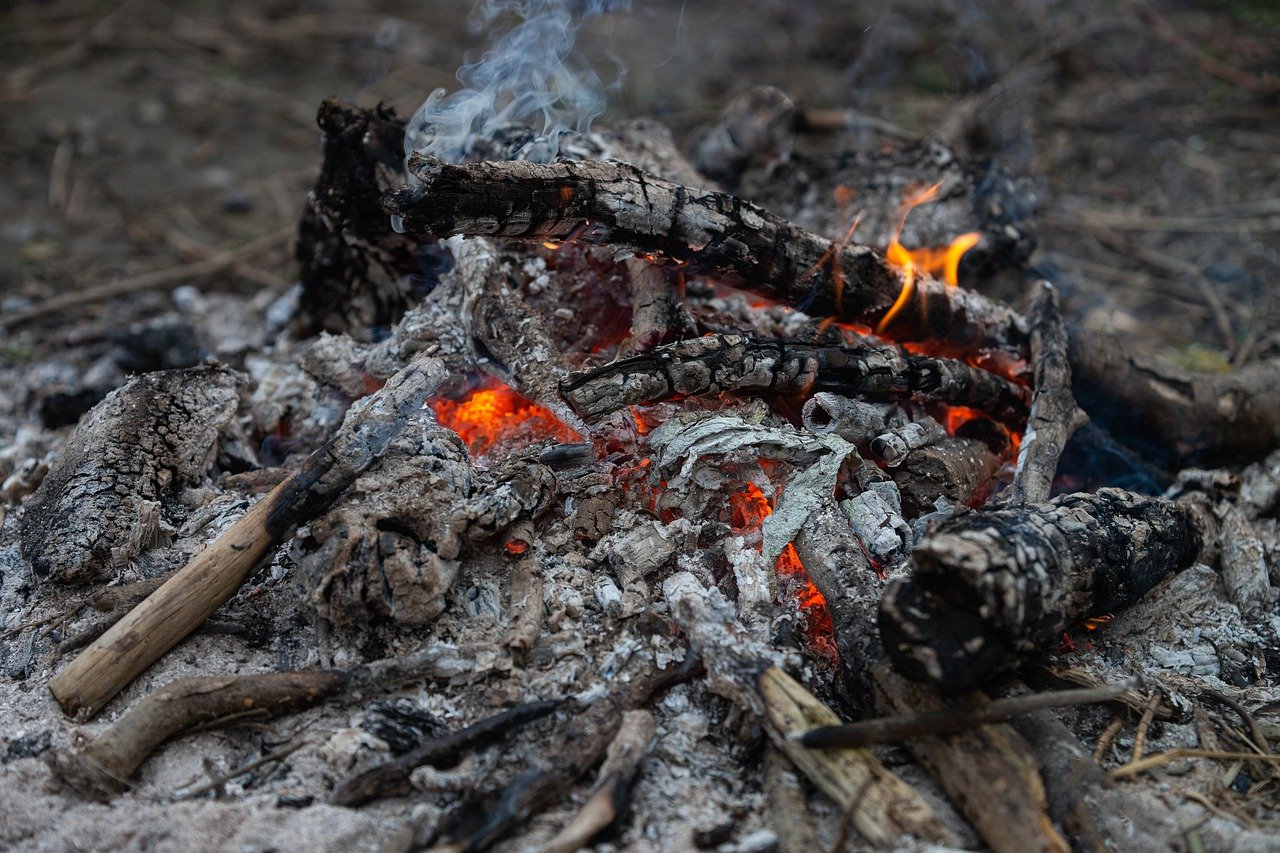

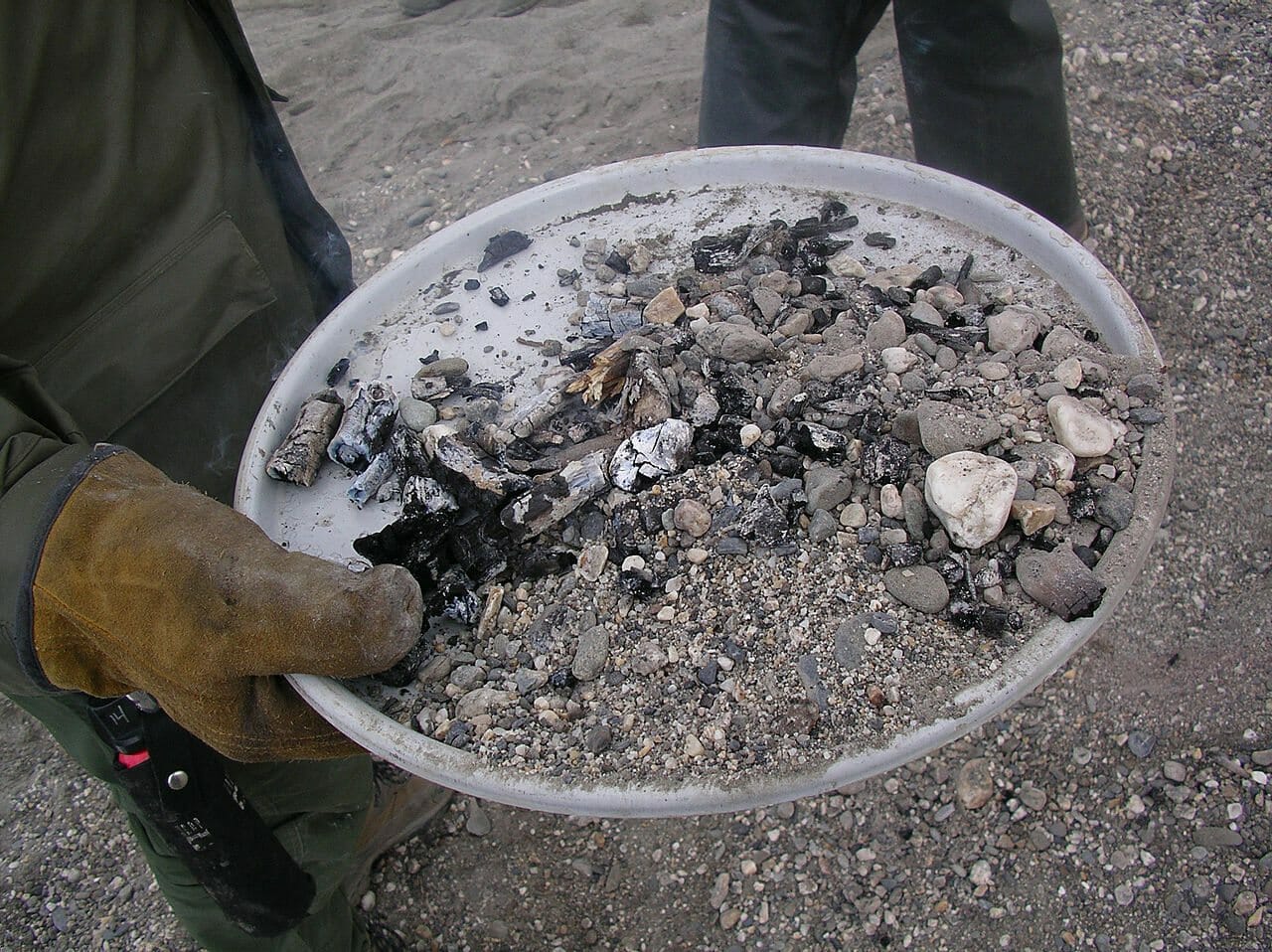





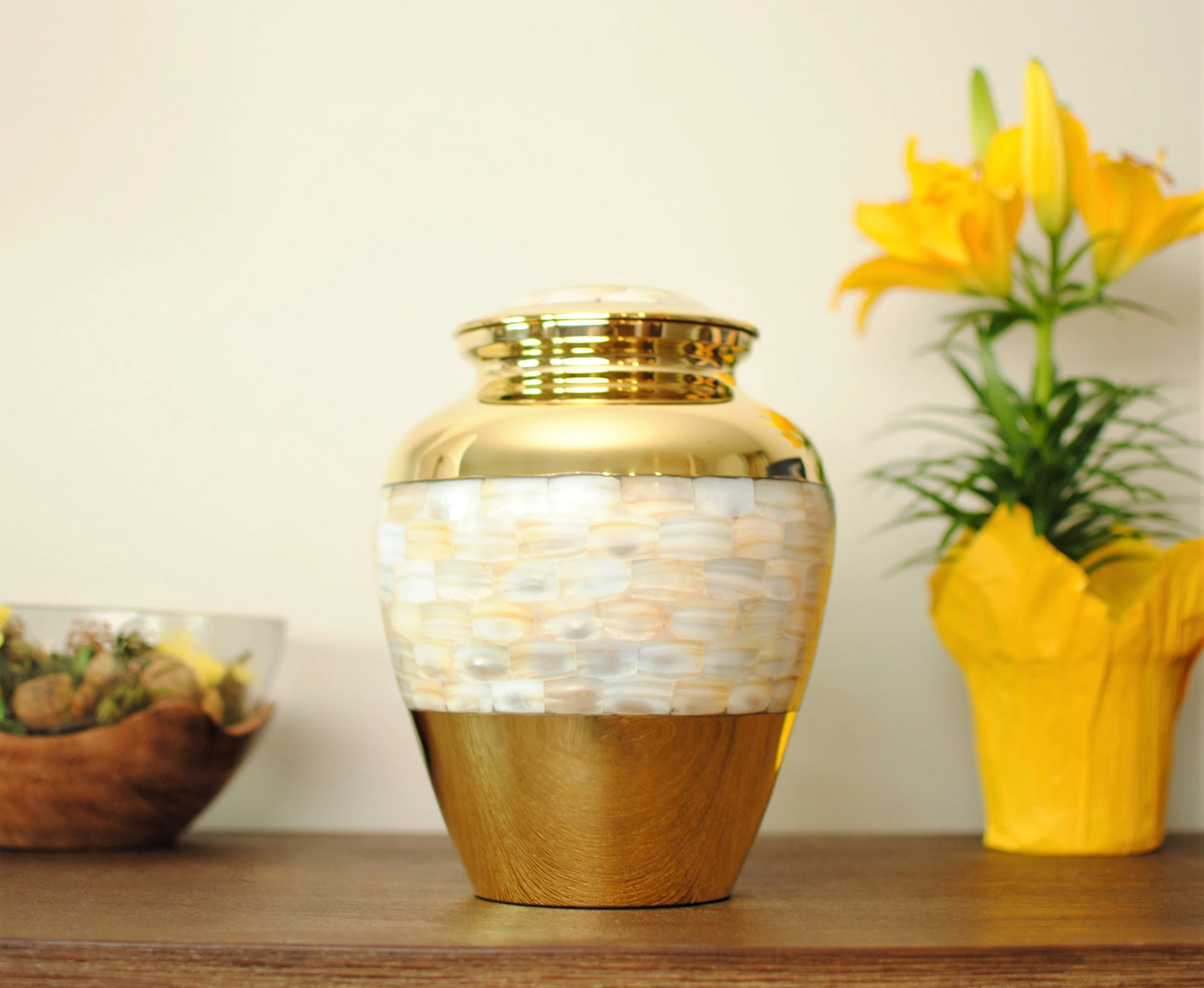



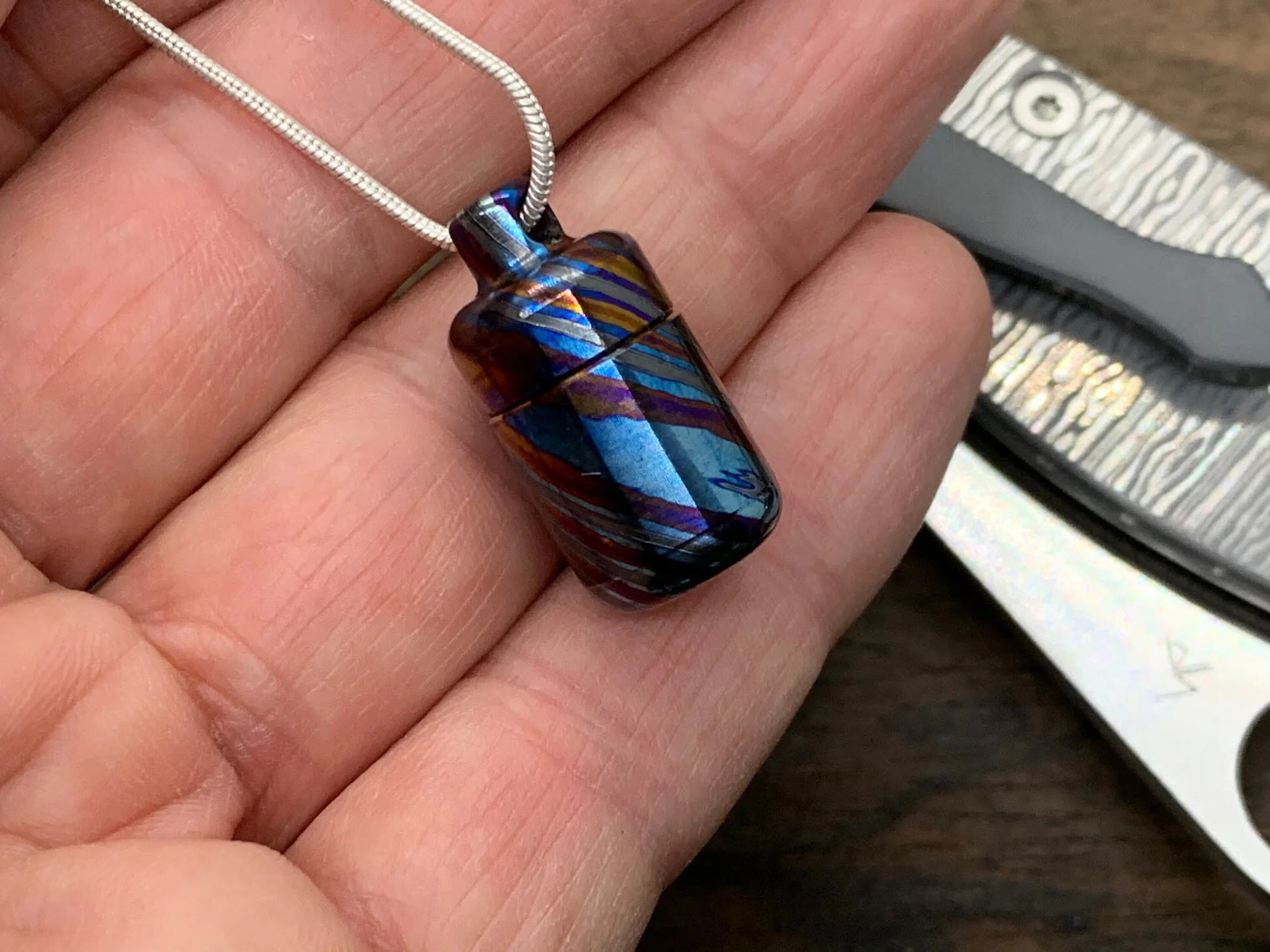

0 thoughts on “How To Store Ashes Of A Loved One”